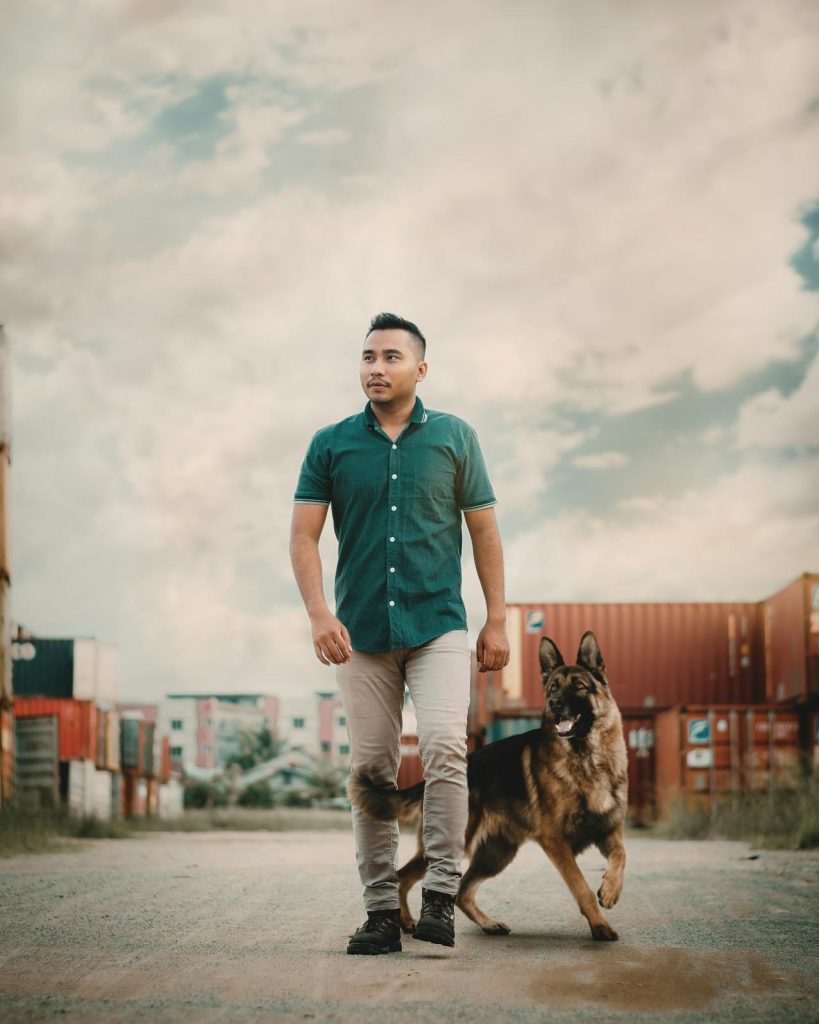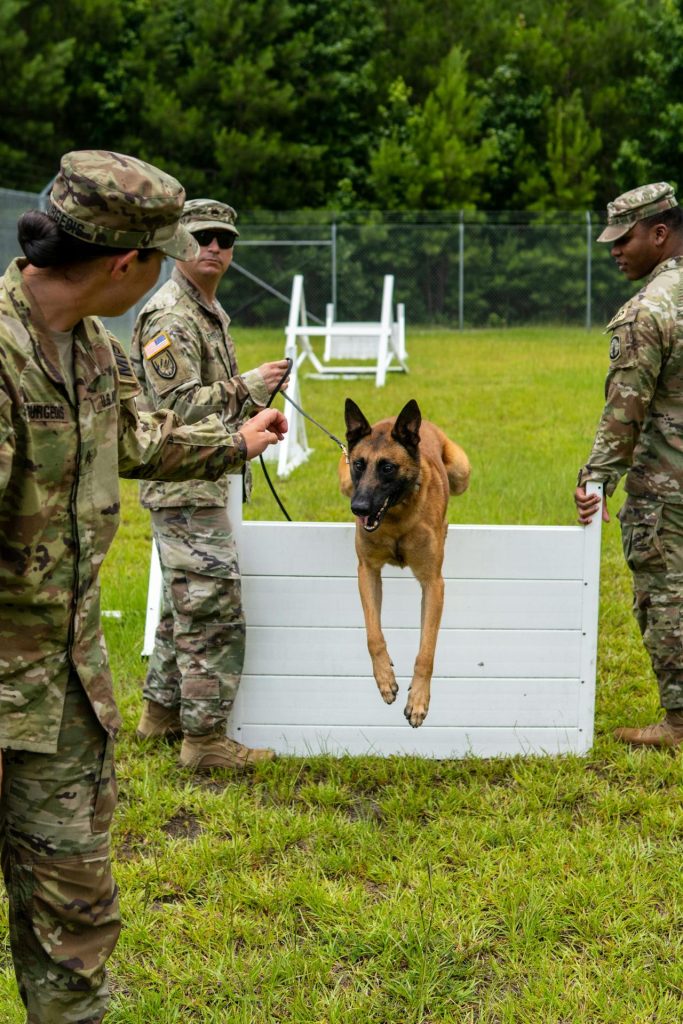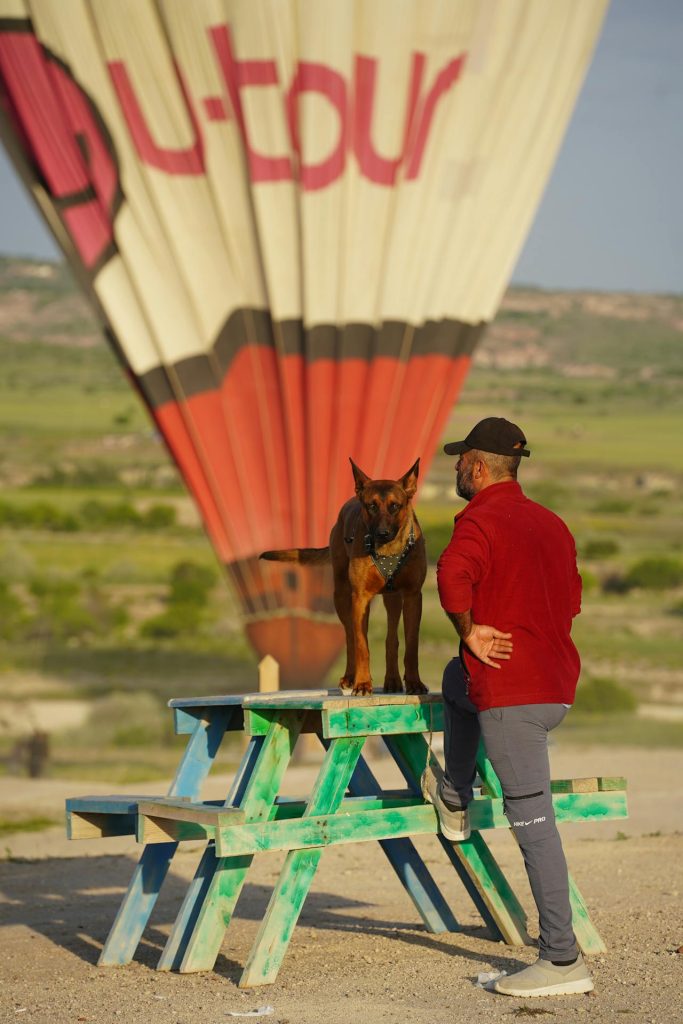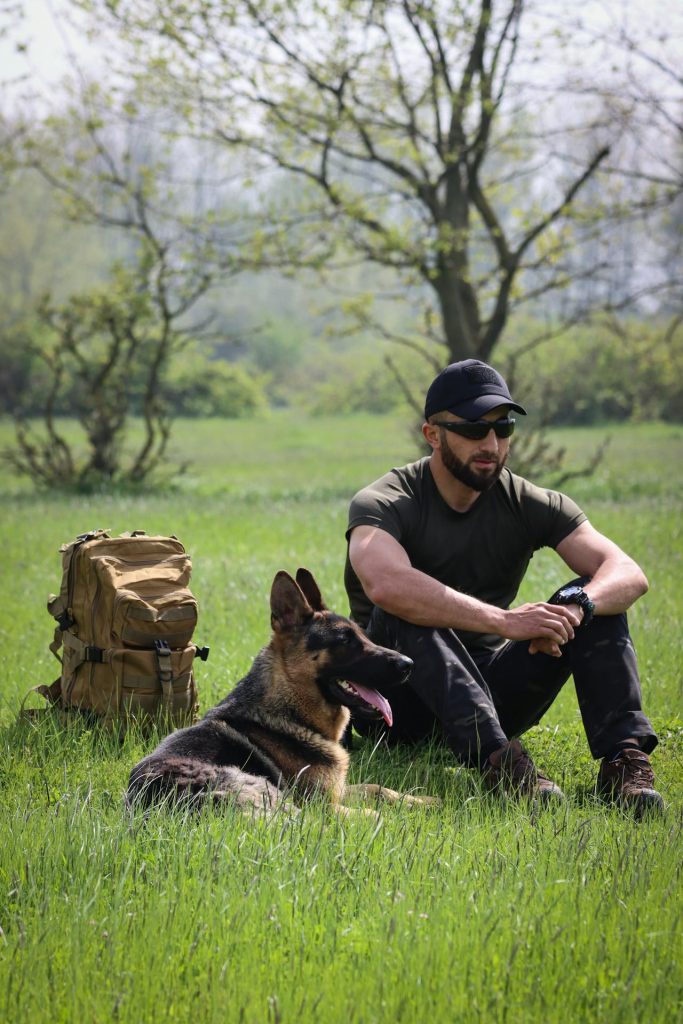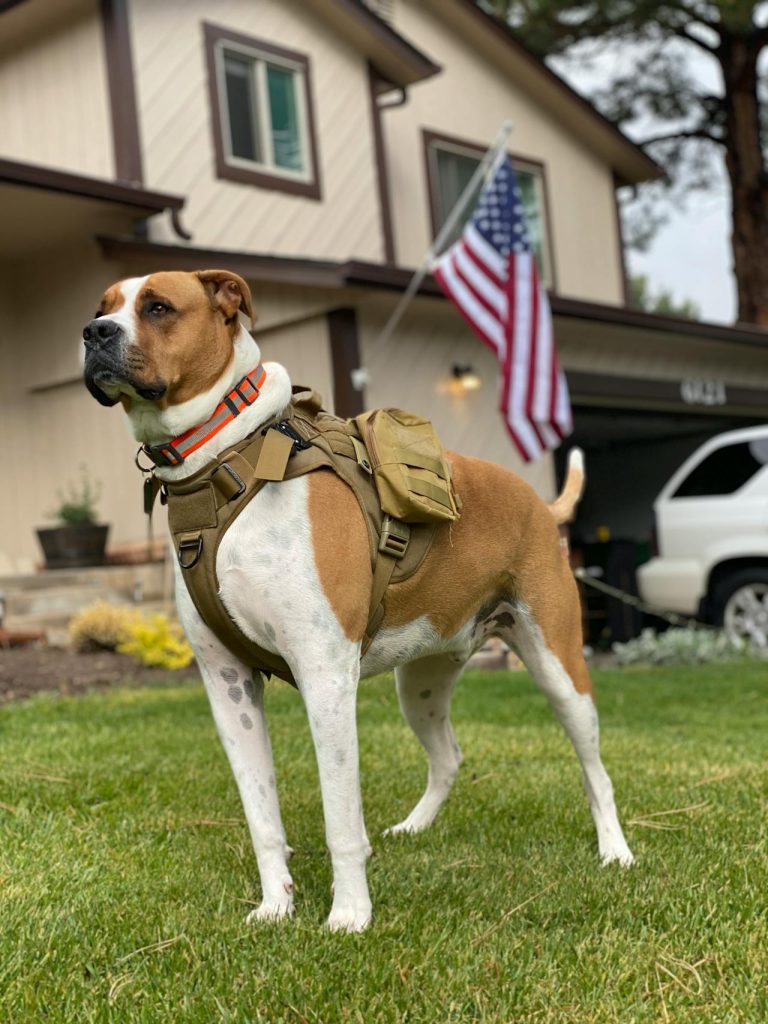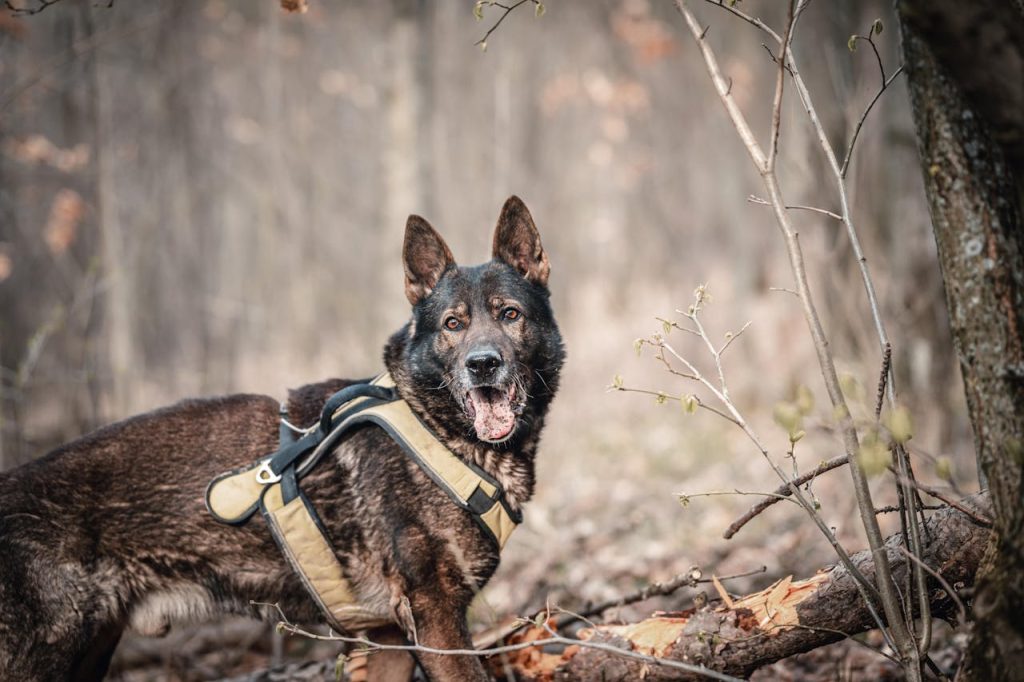
To train your dog like an army dog, you’ll need to establish clear boundaries and expectations, building trust and loyalty through consistent positive reinforcement. Start with basic obedience commands like ‘sit’ and ‘stay,’ then move on to advanced agility training to challenge your dog physically and mentally. As you progress, you’ll need to overcome obstacles and challenges, adapting your approach to new situations and environments. By maintaining discipline and consistency, you’ll reveal your dog’s full potential and turn them into a well-behaved and obedient companion. With the right approach, you’ll be on your way to achieving exceptional results.
Table of Contents
Key Takeaways
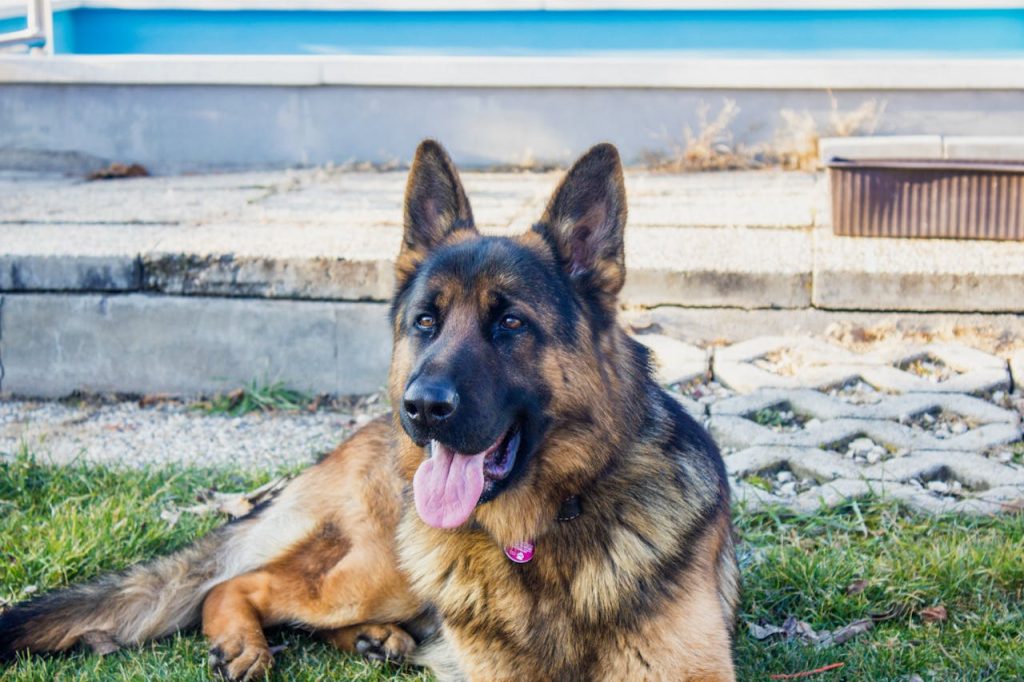
- Establish clear boundaries and consistency in training to define acceptable behavior and create a structured environment for a well-behaved dog.
- Build trust and loyalty through bonding activities, consistent boundaries, and positive reinforcement techniques like clicker training and reward systems.
- Teach basic obedience commands like ‘Sit’, ‘Stay’, and ‘Down’, and gradually introduce advanced agility training with clear communication and constructive feedback.
- Overcome challenges and distractions with consistent training, positive reinforcement, and a distraction management plan to maintain focus in various environments.
Setting Clear Boundaries and Expectations
To train your dog effectively, you need to establish clear boundaries and expectations that define what behavior is acceptable and what’s not.
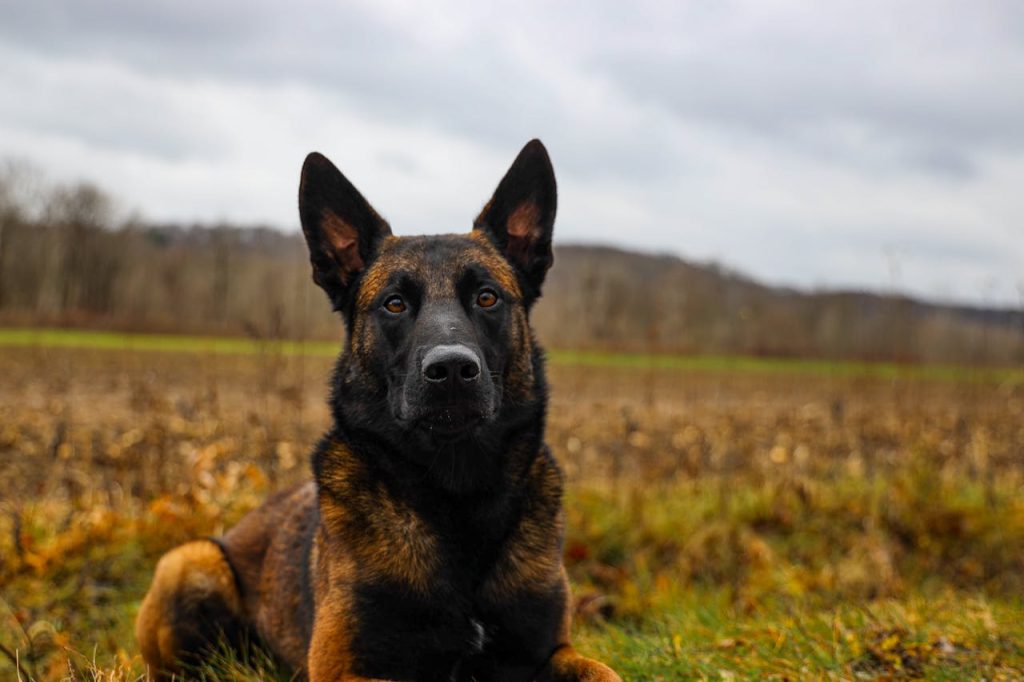
This means setting rules and consistently enforcing them, so your dog knows what to expect.
Boundary communication is key – your dog needs to understand what’s allowed and what’s off-limits. You’ll need to set clear expectations for behaviors like sitting, staying, and coming when called.
Be specific and precise in your commands, and make sure everyone in the household is using the same commands and hand signals.
This post contains affiliate links. However all the information provided on this site are my own honest opinions. See more in Disclaimer.
Consistency is essential in expectation setting. When setting boundaries, remember to reward good behavior and correct bad behavior.
Positive reinforcement like treats and praise will help your dog understand what they’re doing right.
Correcting bad behavior, like ignoring or redirecting, will help them understand what they’re doing wrong. With clear boundaries and expectations in place, you’ll be well on your way to raising a well-behaved and obedient dog.
Building Trust and Loyalty
Establishing a strong bond with your dog, built on trust and loyalty, is essential for successful training, as it allows you to communicate effectively and build a lasting relationship.
To achieve this, you’ll need to invest time and effort into bonding activities that promote trust and understanding.
Start by engaging in trust exercises that help your dog feel comfortable and secure around you.
Here are three ways to build trust and loyalty with your dog:
- Be Present and Engaged: Spend quality time with your dog, focusing on them and their needs. Engage in activities that stimulate their mind and body, such as playtime, walks, and training sessions.
- Be Consistent and Reliable: Consistency is key when building trust. Set clear boundaries and expectations, and always follow through on your promises. Your dog should feel safe and secure with you.
- Show Affection and Praise: Positive reinforcement is a powerful tool when building trust. Reward your dog with praise, affection, and treats when they exhibit desired behavior.
Basic Obedience Commands
Now that you’ve laid the foundation of trust and loyalty with your dog, teaching basic obedience commands is the next logical step in developing a well-behaved and responsive companion.

Start by teaching your dog the sit command. Hold a treat above your dog’s head and move it backwards towards their tail.
As they follow the treat with their nose, their bottom will lower into a sitting position. Once they’re in the sit position, say “Sit” and give them the treat.
Next, teach your dog the stay command. With your dog in the sit position, take a few steps back and say “Stay.” If they get up, go back to the beginning and try again.
Gradually increase the distance and time you’re away from them.
| Command | Action | Reward |
|---|---|---|
| Sit | Hold treat above head, move backwards | Treat, praise |
| Stay | Take steps back, say “Stay” | Treat, praise |
| Down | Lure into downward position with treat | Treat, praise |
Advanced Agility Training
Building on the foundational obedience commands, you’ll challenge your dog physically and mentally with advanced agility training that pushes their speed, agility, and teamwork with you.
This stage of training demands a higher level of canine fitness, requiring more complex obstacle courses and teamwork exercises.
With advanced commands, you’ll guide your dog through agility equipment such as tunnels, jumps, and weave poles, honing their focus training and endurance building.
Here are three key aspects of advanced agility training:
- Handler Communication: Develop clear, concise communication with your dog to navigate complex courses. Use verbal cues, body language, and hand signals to maintain synchronization.
- Obstacle Mastery: Introduce your dog to specialized agility equipment, such as contact obstacles and weave poles. Gradually increase difficulty to build confidence and speed.
- Course Strategy: Plan and execute courses with precision, considering your dog’s strengths, weaknesses, and energy levels. This will help you optimize your training sessions and competition performances.
As you advance in agility training, remember to maintain a disciplined approach, setting achievable goals and providing constructive feedback to your dog.
With dedication and practice, you’ll build a strong, responsive partner.
Overcoming Obstacles and Challenges
As you progress with your dog’s training, you’ll inevitably encounter obstacles and challenges that test your skills and your dog’s temperament.
You’ll need to build trust and confidence in your dog to overcome these hurdles, and that starts with learning how to navigate environmental distractions and adapt to new situations.
Building Trust and Confidence
Establishing trust between you and your dog is essential to overcoming obstacles and challenges that inevitably arise during training, and it all starts with creating a safe and supportive learning environment.
To build trust, you need to engage in bonding activities that foster a deep connection with your dog. Trust exercises, such as ‘sit,’ ‘stay,’ and ‘down,’ can help your dog develop confidence in your guidance.
As you work on building trust, focus on the following key areas:
- Consistency: Establish a routine and stick to it. Consistency helps your dog understand what to expect from you and builds trust in your decision-making.
- Positive Reinforcement: Reward good behavior with praise, treats, and affection. This encourages your dog to associate positive outcomes with desired actions.
- Clear Communication: Use clear, concise commands and body language to convey your intentions. Avoid confusion and mixed signals, which can erode trust.
Conquering Environmental Distractions
Now that you’ve laid the groundwork for a strong bond with your dog, it’s time to tackle the environmental distractions that can undermine even the best training.
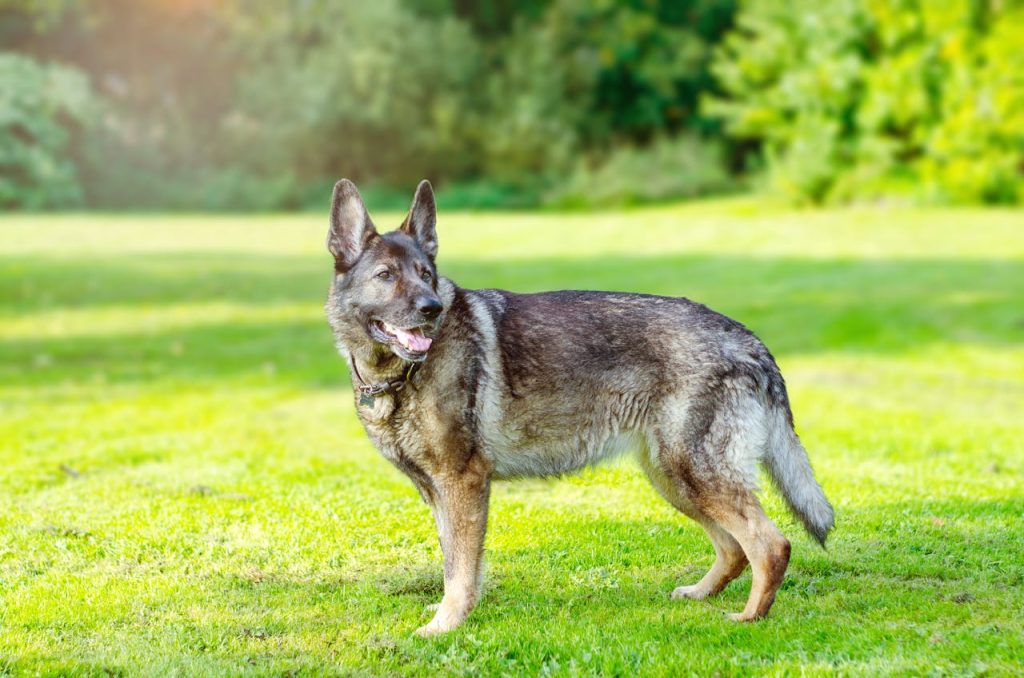
With patience and practice, you can teach your dog to stay focused amidst the chaos of everyday life.
To achieve this, you’ll need to incorporate environmental desensitization and distraction management into your training regimen.
This means gradually exposing your dog to the sights, sounds, and smells that typically distract them, while rewarding their ability to remain focused on you.
Begin by identifying your dog’s specific distractions, such as other dogs, loud noises, or strangers. Then, develop a plan to systematically expose them to these stimuli, starting at a low level and increasing the intensity over time.
With consistent training, your dog will learn to tune out the distractions and stay attuned to your cues. Effective distraction management is key to maintaining your dog’s focus in any environment, even the most challenging ones.
Trending in Dogs:
Adapting to New Situations
In new and unfamiliar situations, your dog’s training is put to the test, requiring them to draw upon their problem-solving skills and your guidance to overcome obstacles and challenges.
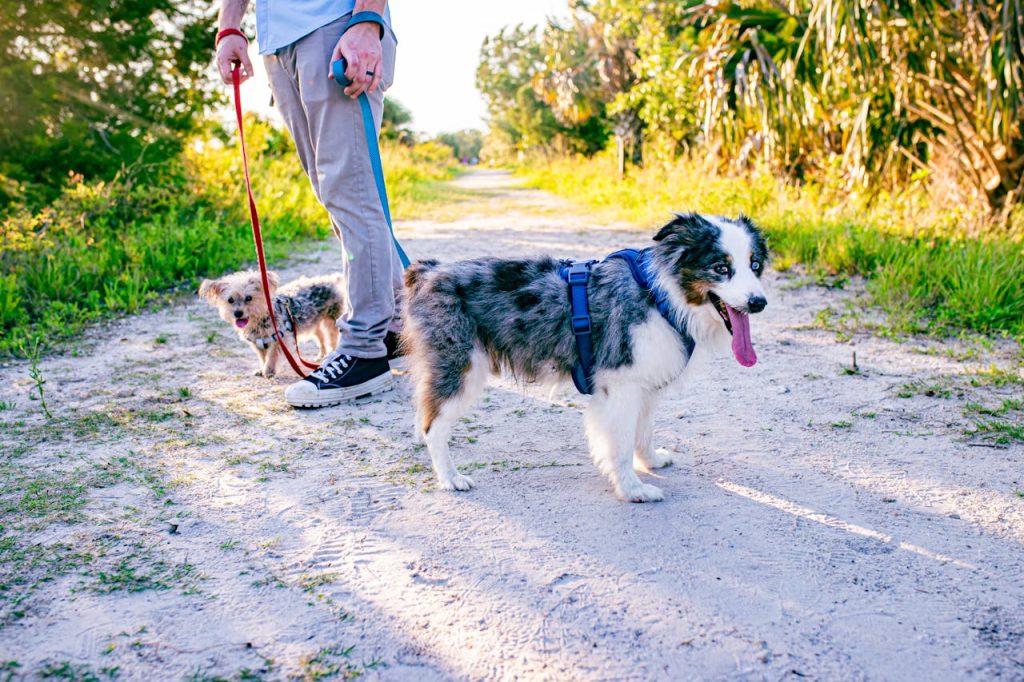
To help your dog adapt, you’ll need to employ adaptation strategies that boost their confidence and situational awareness.
This means being aware of your surroundings and anticipating potential distractions or obstacles that might throw your dog off track.
Here are three key strategies to help your dog adapt to new situations:
- Assess the environment: Take stock of the surroundings, including potential distractions, obstacles, and escape routes.
- Adjust your training: Modify your training approach to account for the new environment and any challenges it may present.
- Provide clear guidance: Give your dog clear, concise commands and feedback to help them navigate the unfamiliar situation.
Reinforcing Good Behavior
As you begin reinforcing good behavior in your dog, you’ll discover the power of positive reinforcement techniques in shaping their actions.
You’ll learn to reward desired actions with strategic treats and praise, paving the way for consistent success.
Positive Reinforcement Techniques
Your goal with positive reinforcement techniques is to encourage good behavior in your dog by associating desired actions with rewards, such as treats, praise, or affection.

By using these techniques, you’ll create a strong bond with your dog and help them understand what you want from them.
In the context of training like an Army dog, reward systems play a critical role in teaching obedience, agility, and focus.
To effectively use positive reinforcement techniques, consider the following:
- Clicker Training: Use a clicker to mark the exact moment your dog performs the desired action. This helps them associate the sound with the behavior.
- Reward Timing: Reward your dog immediately after they perform the desired action. This guarantees they connect the reward with the behavior.
- Consistency: Establish a consistent reward system and use it across all training sessions to avoid confusion.
Rewarding Desired Actions
By rewarding desired actions consistently and strategically, you reinforce good behavior in your dog and accelerate the training process.
In reward-based training, you use motivational techniques to encourage desired behaviors, making the learning process enjoyable and engaging for your dog.
| Desired Action | Reward | Outcome |
|---|---|---|
| Sitting on command | Treat and praise | Reinforces obedience |
| Staying by your side | Affection and playtime | Strengthens bond and focus |
| Responding to recall | High-value treats and celebration | Guarantees safety and reliability |
| Performing complex tasks | Gradual phase-out of rewards | Encourages independence and mastery |
Consistency Is Key
Consistency plays a critical role in reinforcing good behavior. Now that you’ve learned how to reward desired actions, it’s time to focus on making those rewards a regular and predictable part of your dog’s training experience.
To achieve this, you’ll need to establish a routine and stick to it. Your dog thrives on predictability, and a consistent training schedule helps them understand what’s expected of them.
Here are three key elements to include in your training schedule:
- Set specific training times: Allocate specific times of the day for training sessions, and try to avoid varying these times too much.
- Use consistent rewards: Make certain that your rewards are consistent regarding type, quality, and frequency to avoid confusing your dog.
- Track behavior modification: Regularly track your dog’s progress, identifying areas where behavior modification is needed, and adjust your training schedule accordingly.
Maintaining Discipline and Consistency
Establishing a routine is key to maintaining discipline, as dogs thrive on predictability and clear boundaries that help them understand what’s expected of them.
By creating structured routines, you’ll help your dog develop good habits and reduce confusion. This is where disciplinary techniques come into play.
You’ll need to set clear rules and consequences for misbehavior, while also rewarding good behavior.
To maintain discipline and consistency, consider the following:
| Disciplinary Techniques | Structured Routines |
|---|---|
| Set clear rules and consequences | Create a schedule for feeding, training, and exercise |
| Use positive reinforcement training methods | Establish a bedtime routine to help your dog wind down |
| Be consistent in enforcing rules and consequences | Set aside dedicated time for play and relaxation |
| Use calm, assertive body language | Create a routine for regular grooming and health checks |
Frequently Asked Questions
You’re looking for breeds that excel in army-style training. Focus on breeds with strong work ethics, athleticism, and high intelligence, such as German Shepherds, Belgian Malinois, and Labradors, whose breed characteristics thrive with structured training techniques.
You’ll spend around 120-180 days on army-style dog training, but it ultimately depends on your dog’s breed, age, and training objectives. As you progress, you’ll be refining your dog’s skills, and the training duration may adjust accordingly.
“You’re never too old to learn new tricks” holds true for dogs too! You can train your older dog like an army dog, tapping into their adaptability with modified training techniques tailored to their age and abilities.
You’re likely wondering about shock collars in army-style training. Honestly, their effectiveness is disputed, and many trainers raise ethical concerns. You’ll want to contemplate alternative methods that prioritize your dog’s well-being and emotional safety instead.
You can train your dog using basic obedience commands and positive reinforcement techniques, establishing clear communication and trust; with consistency and patience, you’ll achieve results, even without professional help, by setting achievable goals and tracking progress.
Conclusion
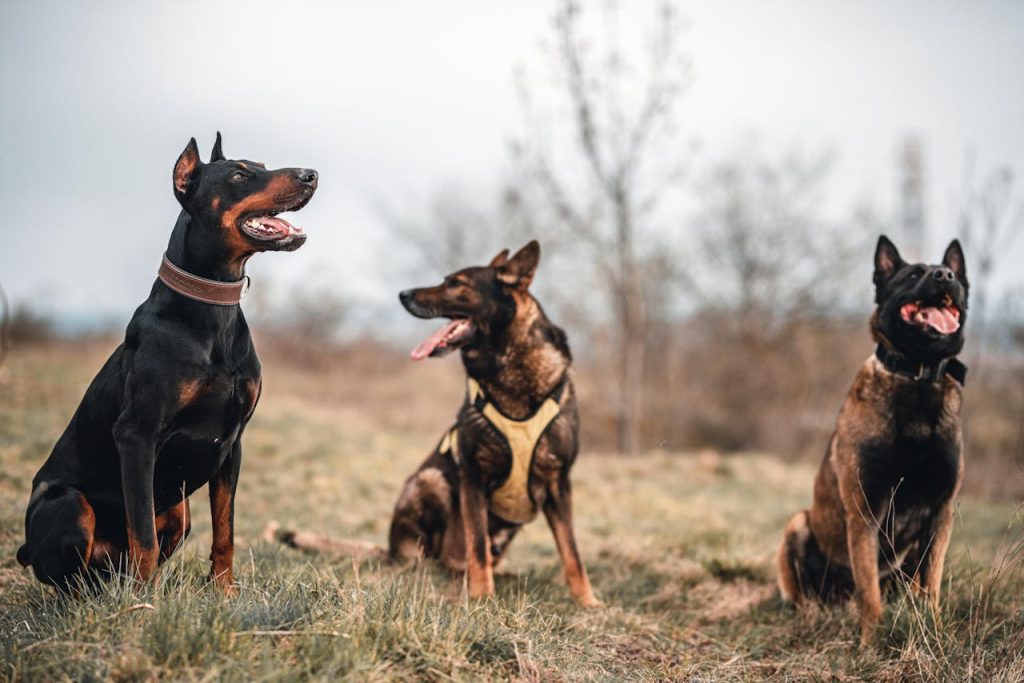
You’ve put in the work, and your dog is now a disciplined and loyal companion.
Consistency is key, so stay on track and ‘drill it home’ with regular practice.
Maintaining a strong bond built on trust and clear expectations will help you overcome future challenges.
Your dog looks up to you for leadership, so keep leading from the front.
With patience, persistence, and practice, you’ll continue to reveal your dog’s potential.


